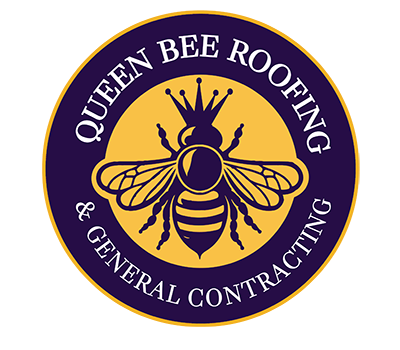Frequently Asked Questions about Roofing in Texas
Welcome to Queen Bee Roofing’s FAQ page, your go-to resource for all your roofing-related inquiries in the great state of Texas. We understand that hiring a roofing company and maintaining your roof can be complex tasks, and we’re here to provide you with the answers you need. Whether you’re looking for guidance on choosing the right roofing material for Texas weather, understanding our roofing services, or seeking advice on handling common roofing challenges, our FAQ page is designed to empower you with knowledge. At Queen Bee Roofing, we pride ourselves on transparency and exceptional customer service, and this FAQ page is another step in our commitment to serving our Texas community. Explore the following sections to find answers to your roofing questions, and if you have any further inquiries, don’t hesitate to contact our team of experts for personalized assistance.



